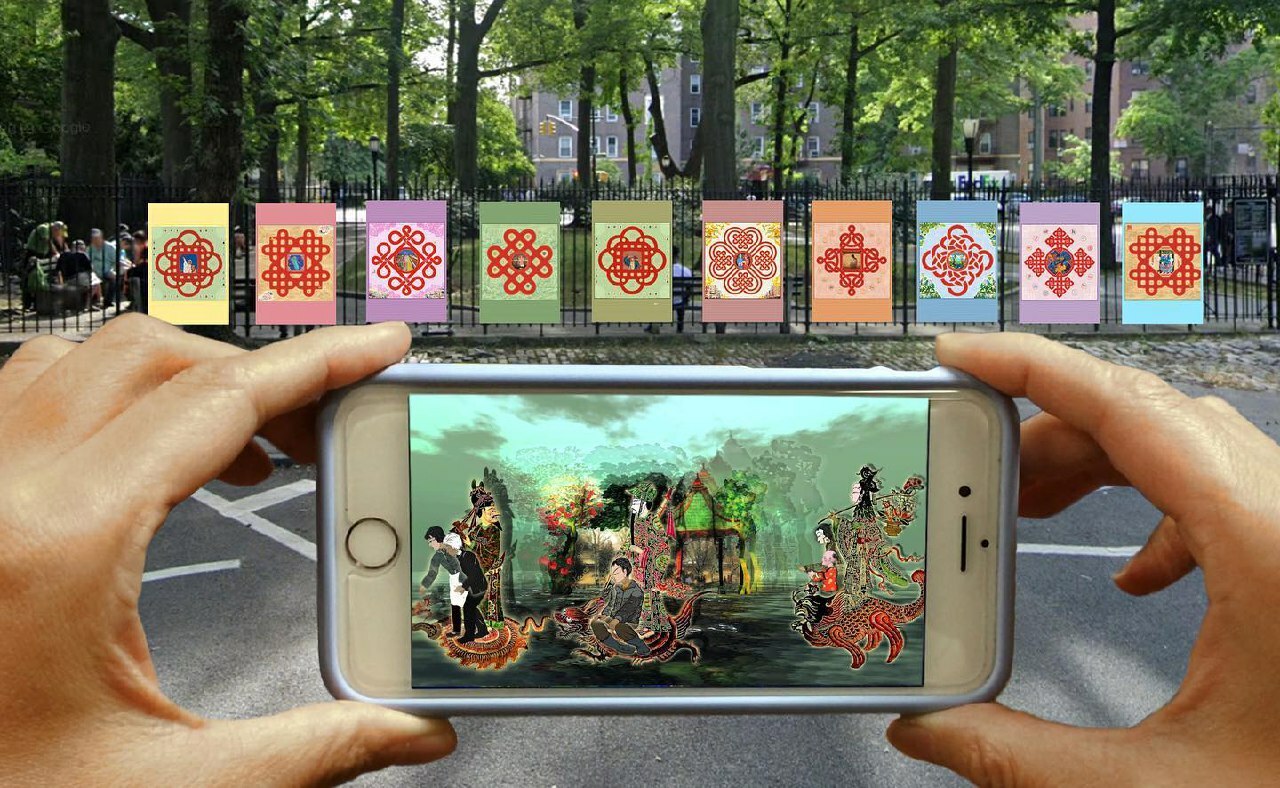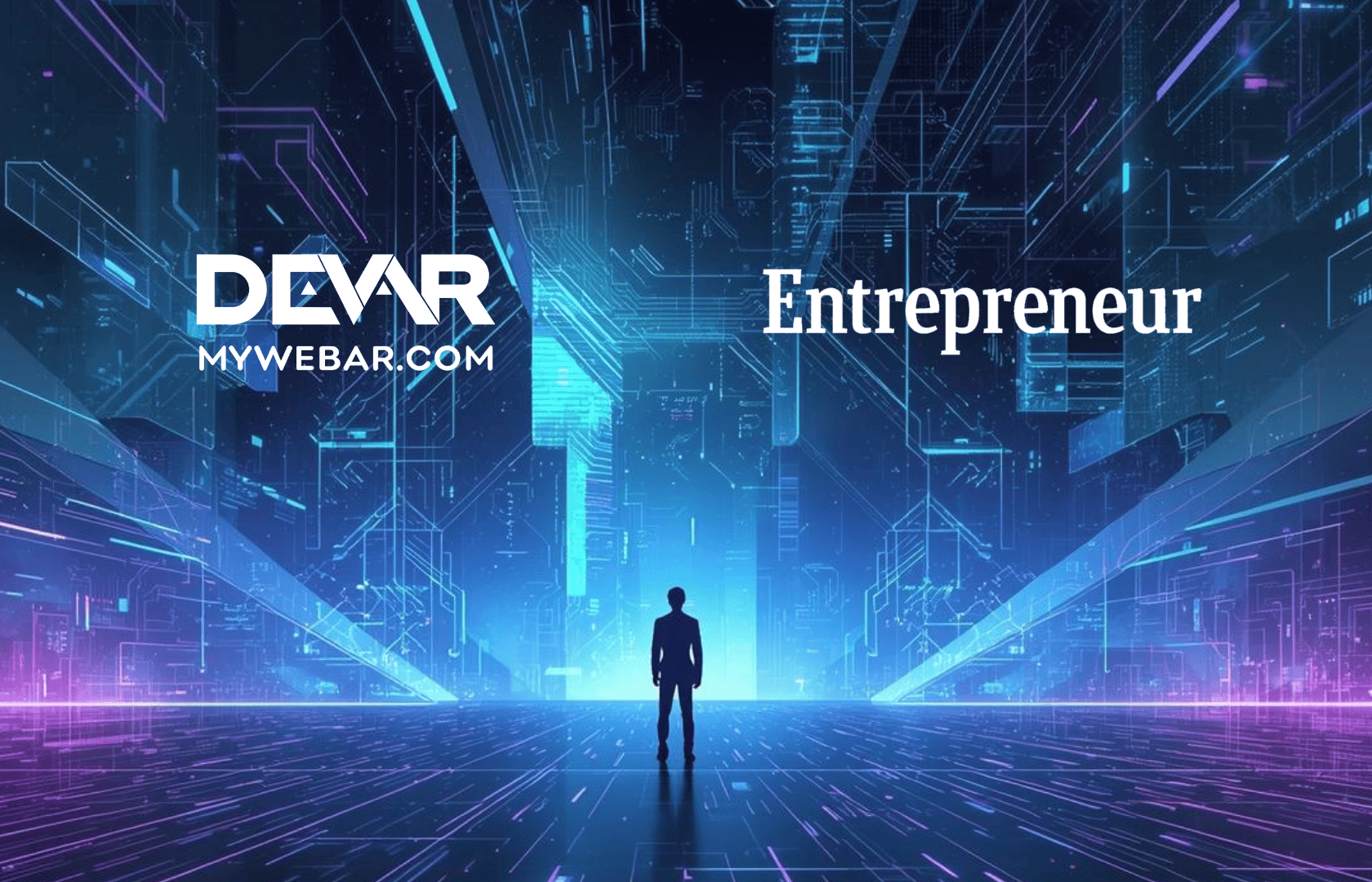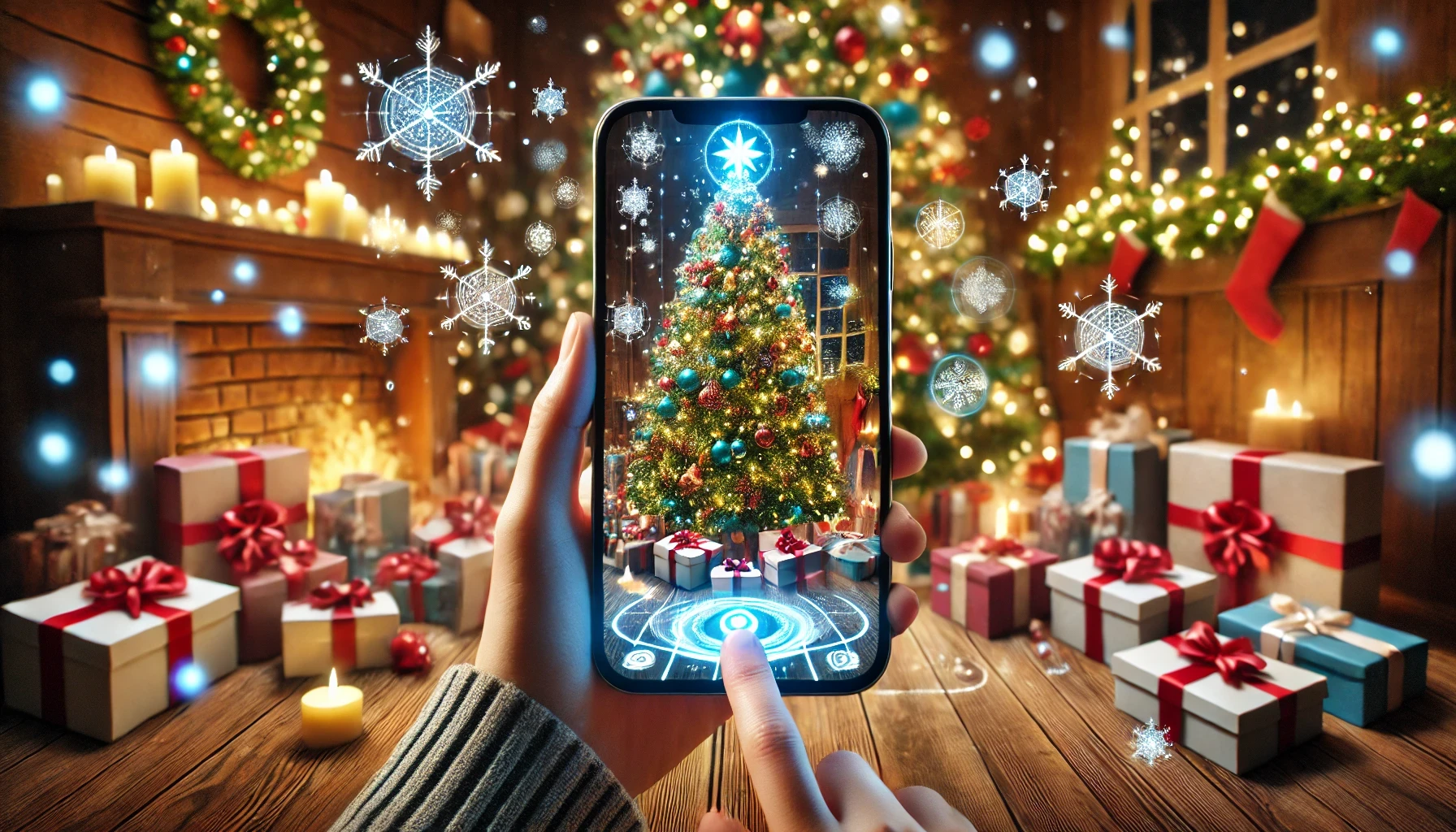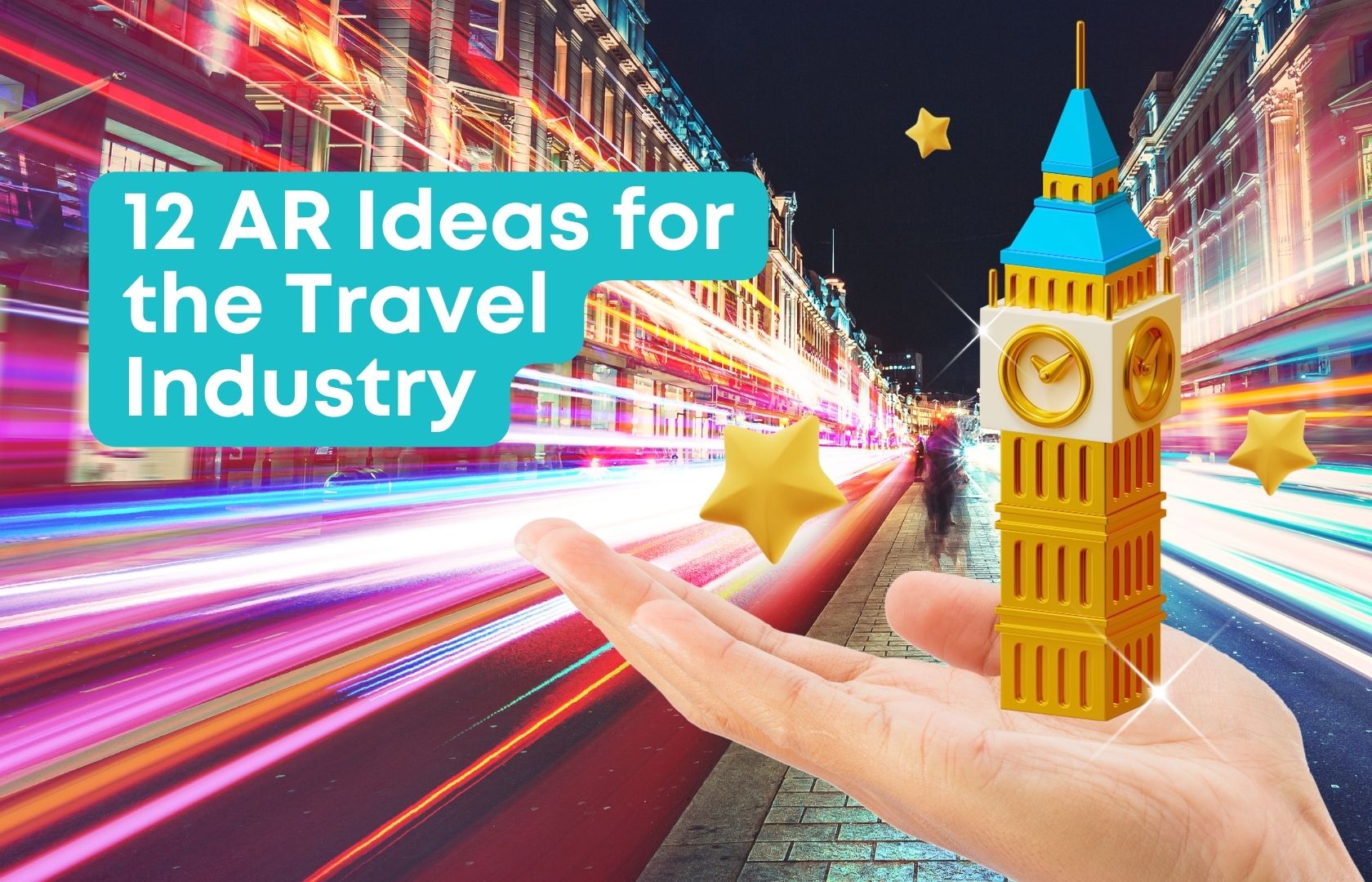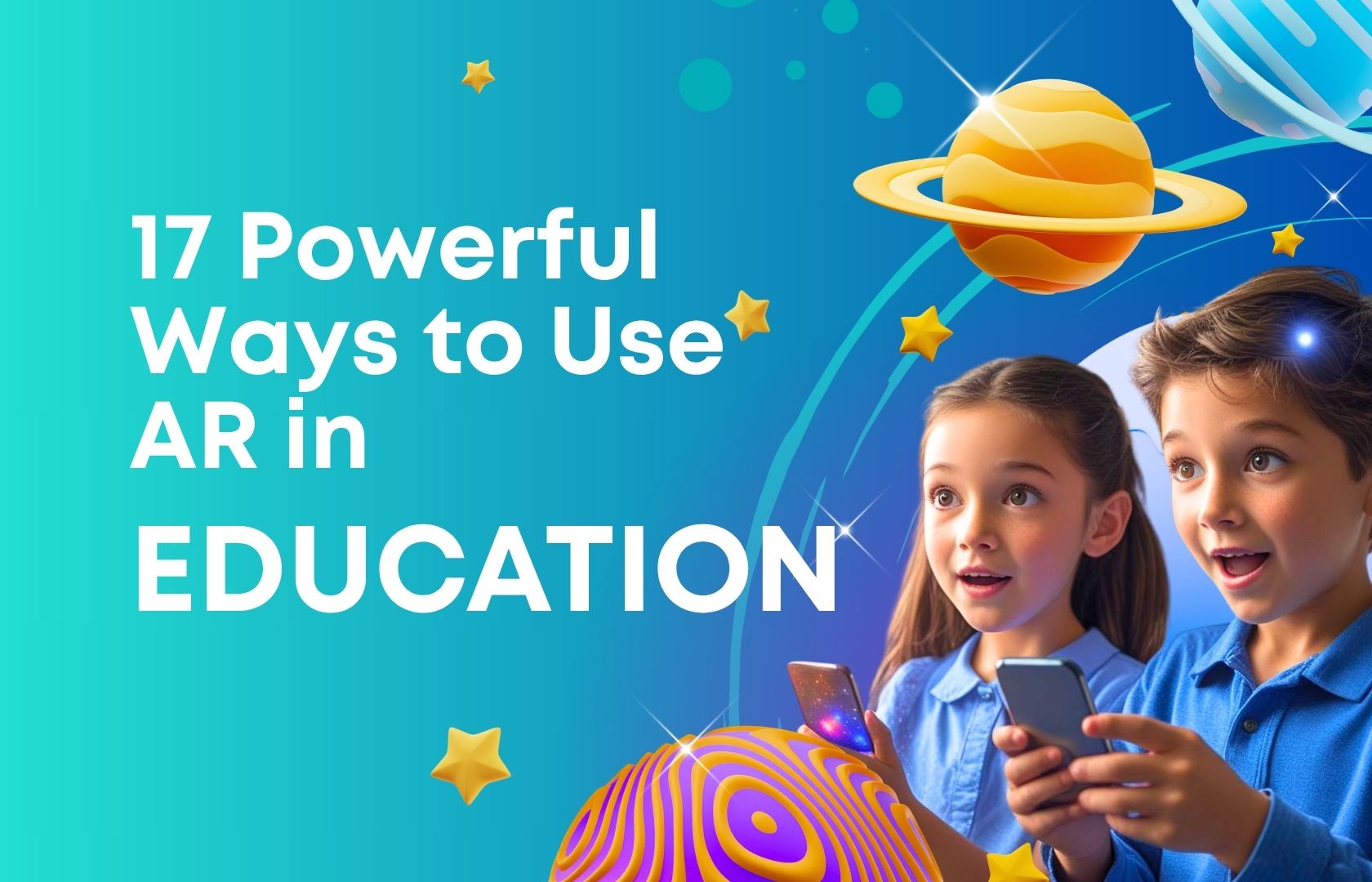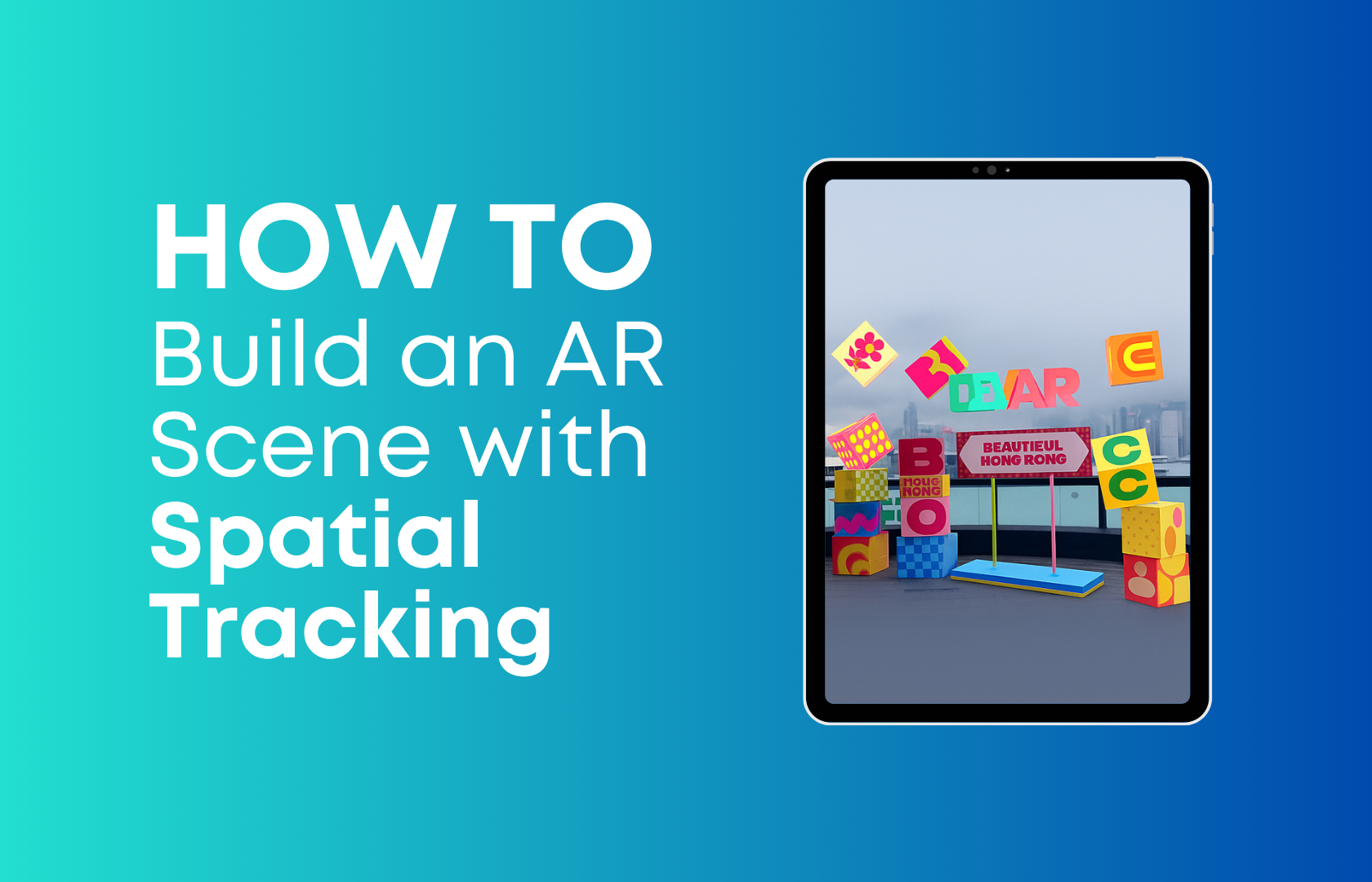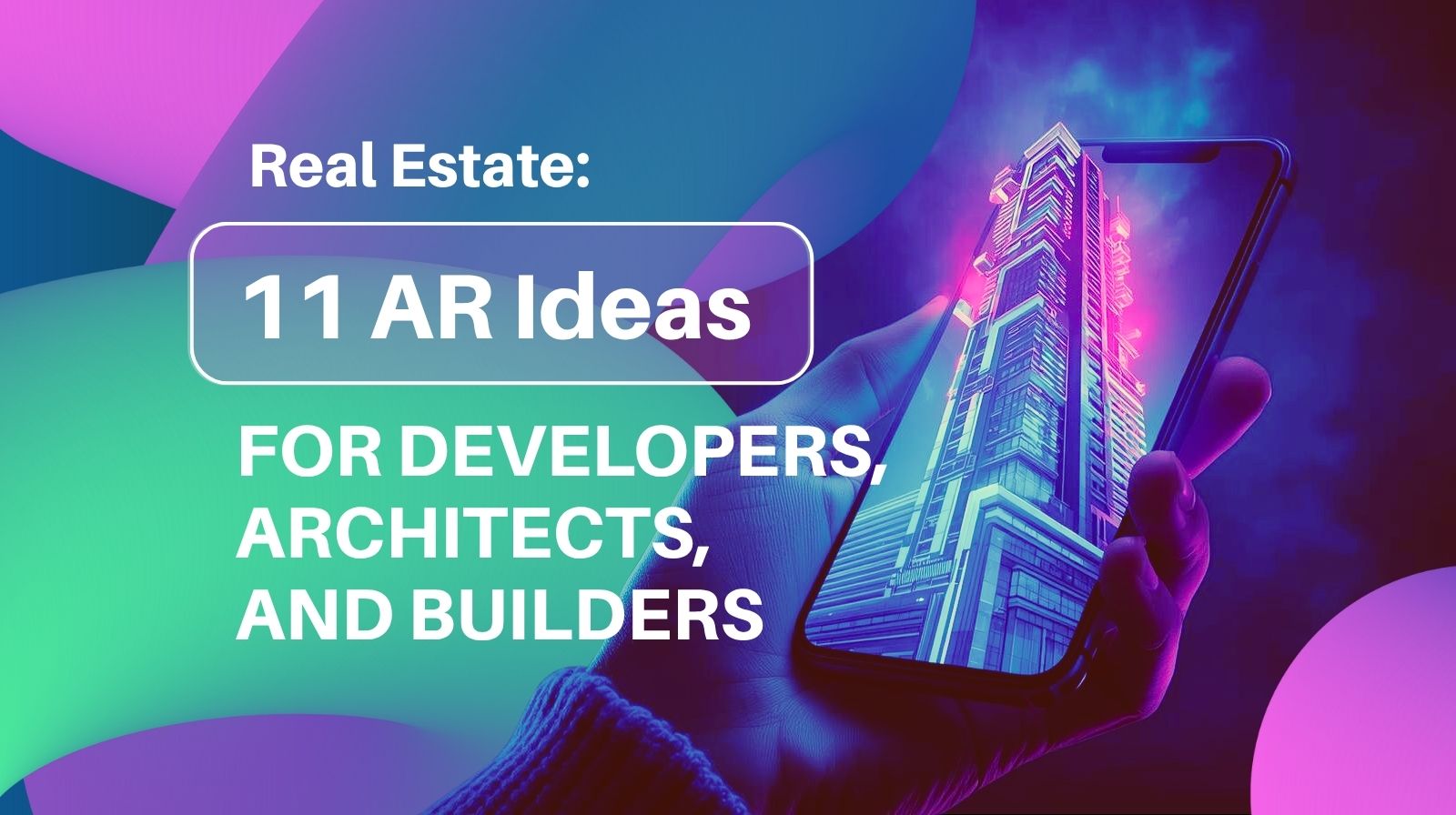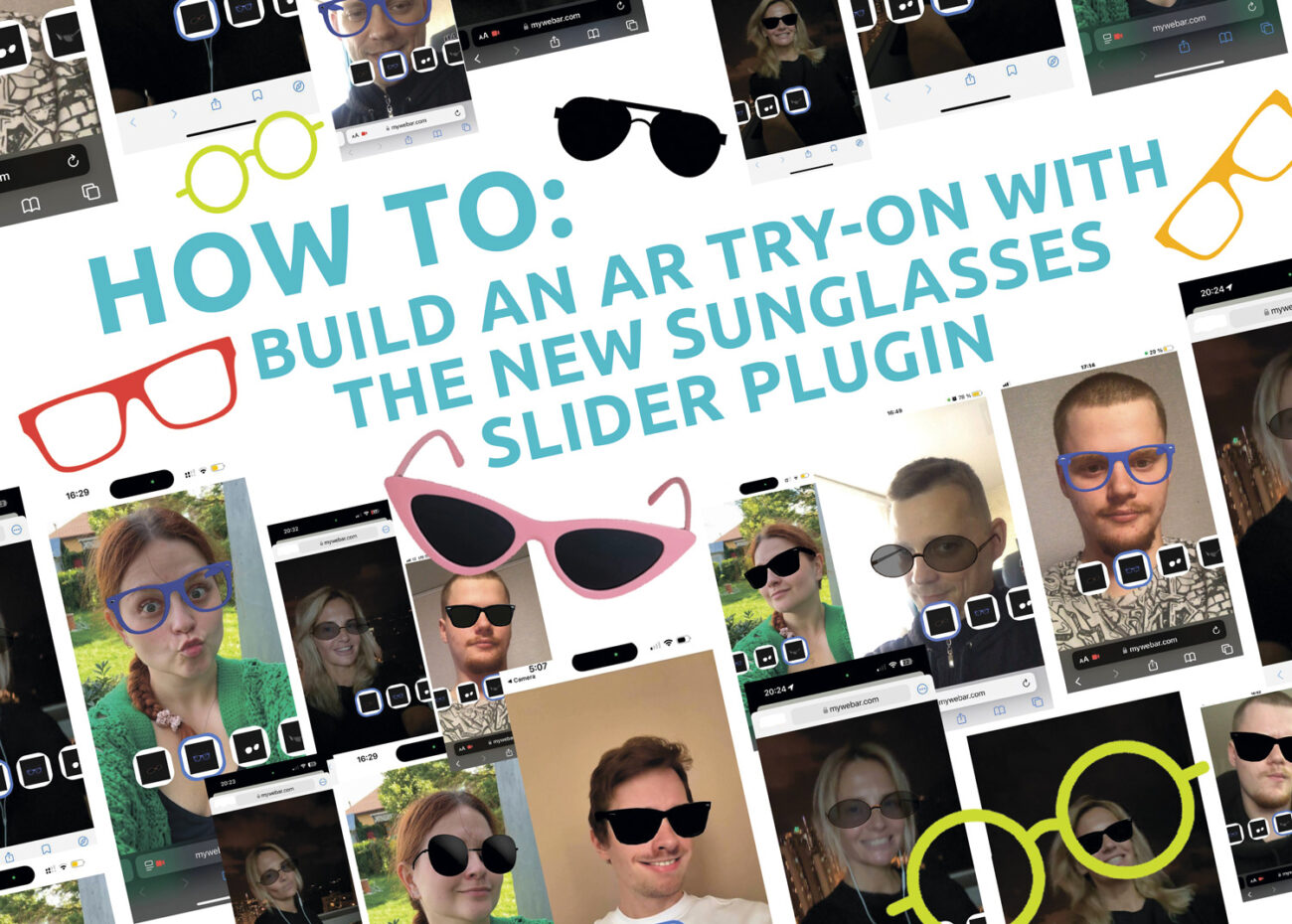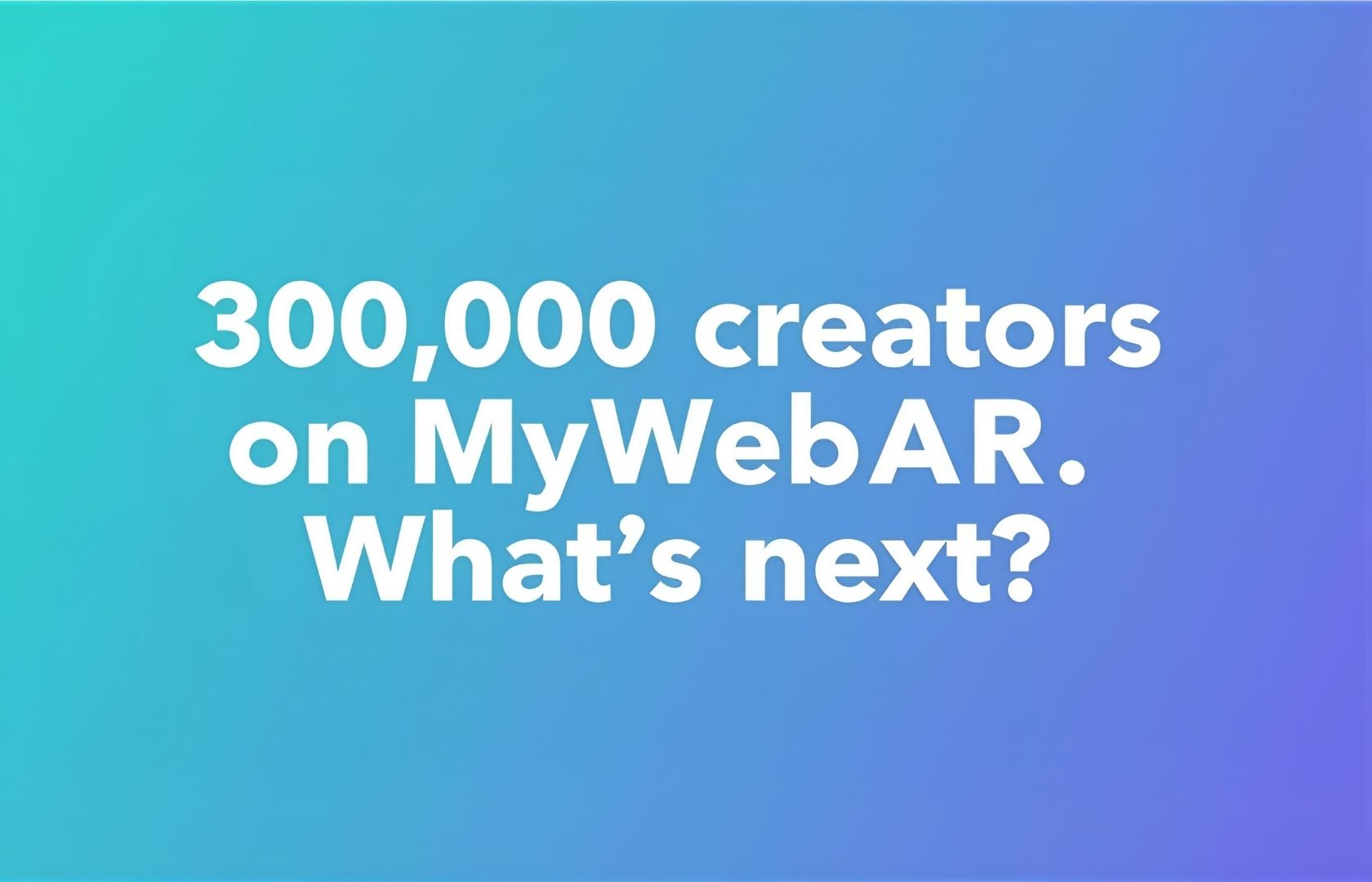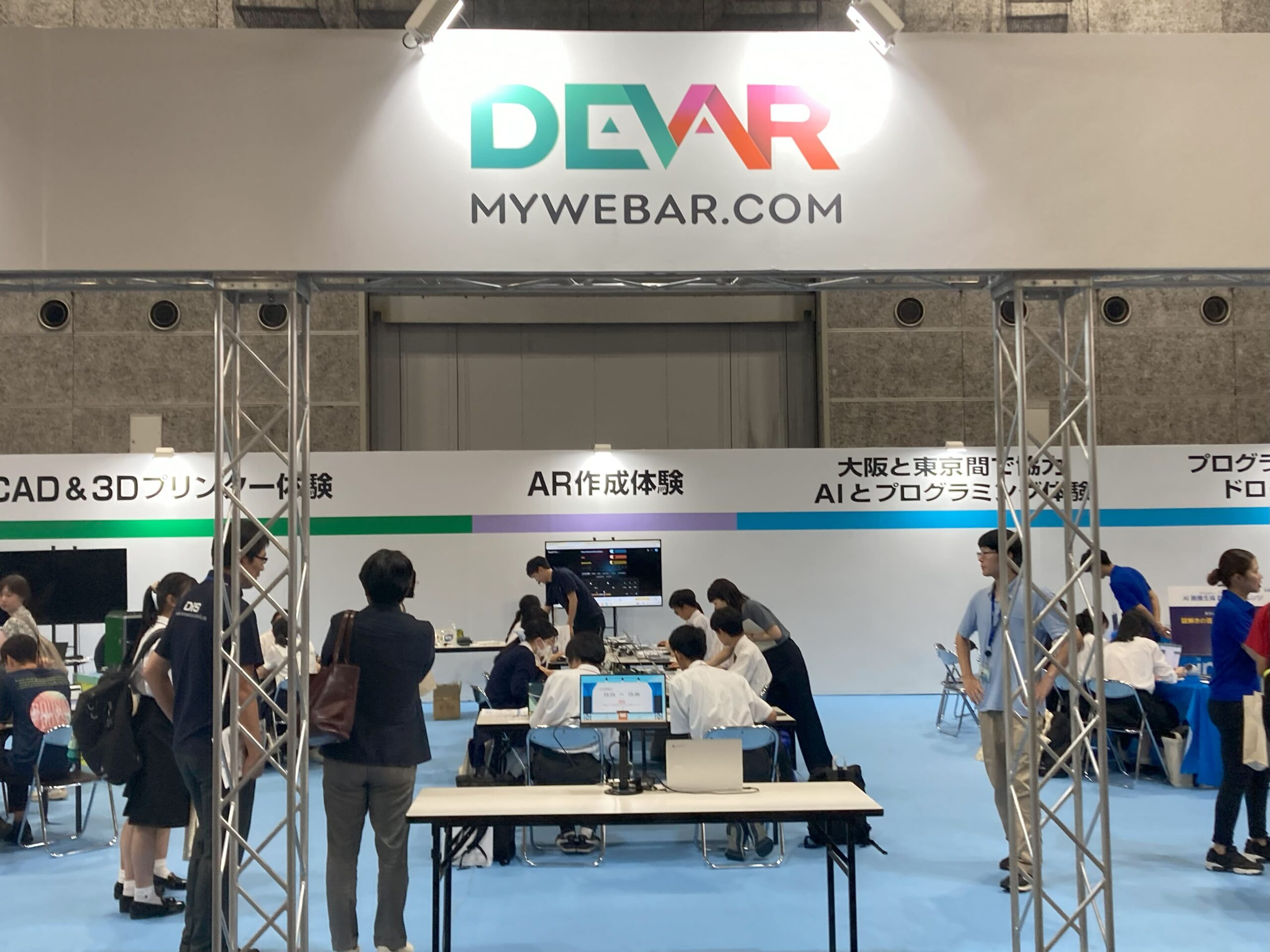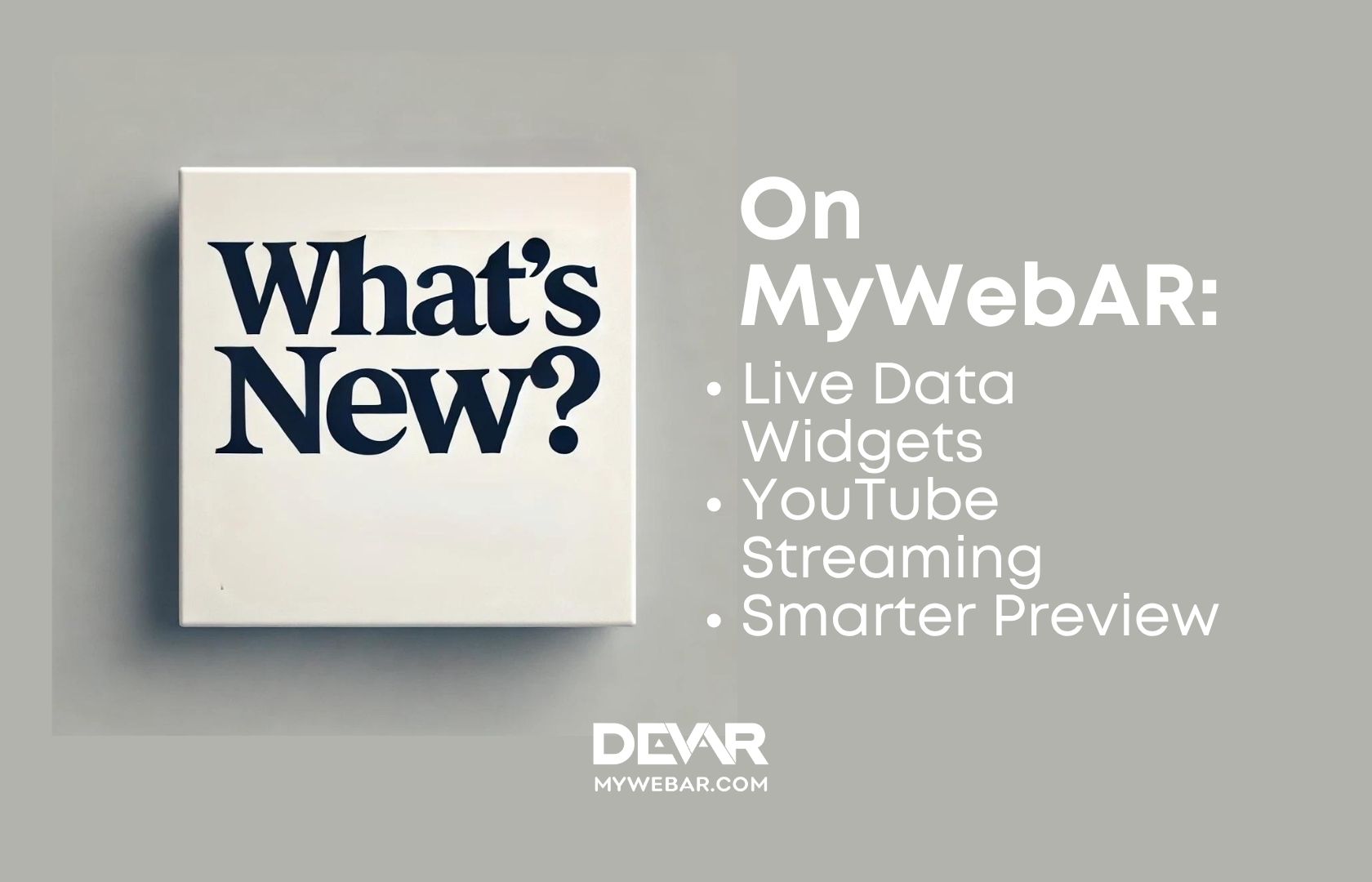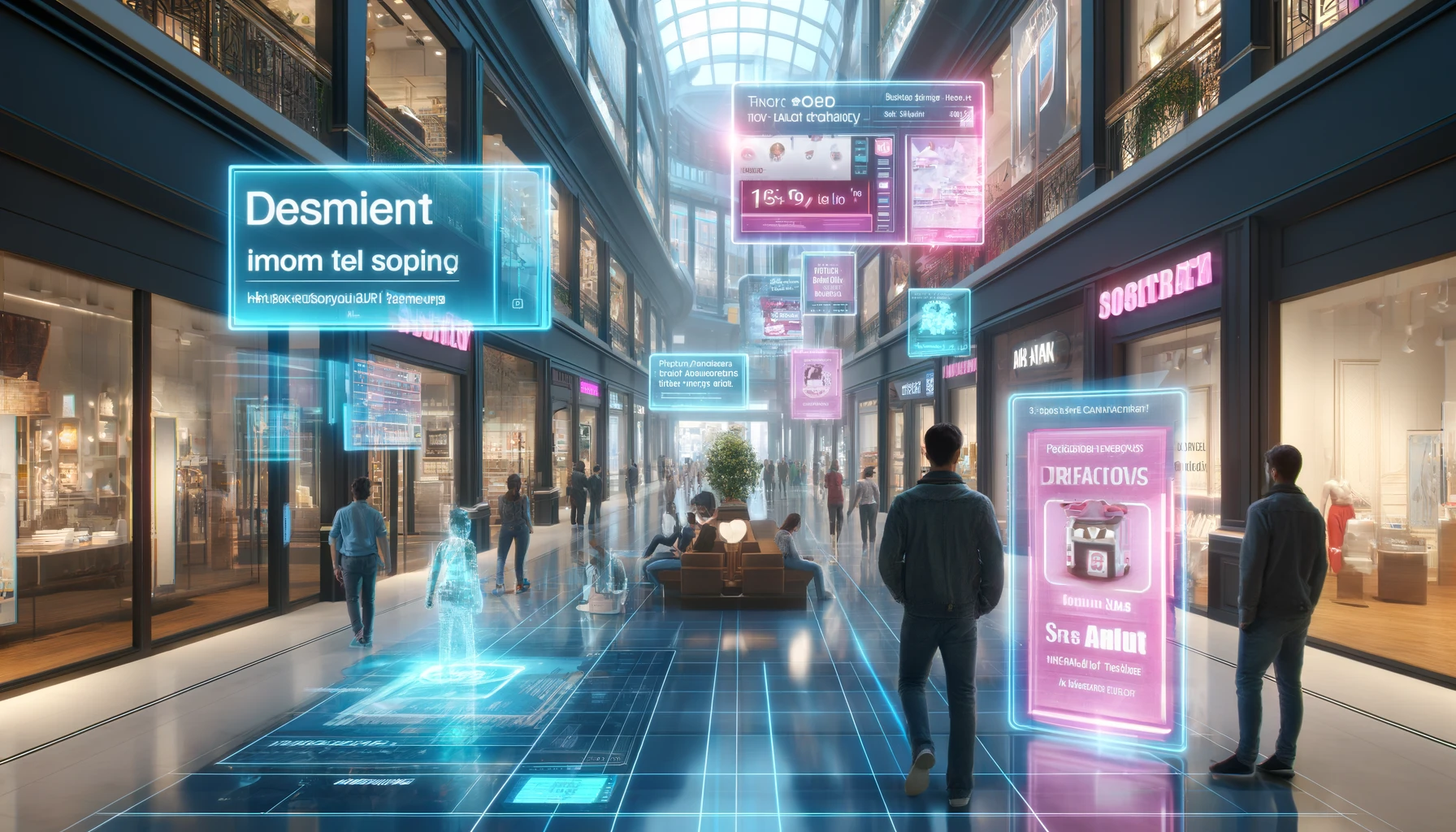AR in Art
Augmented Reality (AR) opens new horizons for perceiving art, expanding its possibilities. Today, AR finds its application in museums, galleries, historical and cultural reconstructions, urban spaces (including giant murals), cinema, music, concerts, shows, and theaters. Many AR projects may appear complex and requiring the efforts of dozens of creative professionals, designers, and programmers, but today, we would like to share the story of a project titled ‘The Red String’, which came to life in New York City in 2022 and was crafted by just two artists.
Rendering of The Red String with digital AR activation on iPhone (© Lily Honglei Art Studio, all images courtesy More Art)
Context
‘The Red String’ is a public art project created by Lily Honglei Art Studio, bringing together artists Lily & Honglei. The duo consists of Lily Yang, primarily working with AR, and Honglei Li, specializing in oil painting. The main goal of the project is to strengthen cultural ties between the Asian immigrant community and the broader society of New York City, highlighting their cultural heritage, and bringing healing to the community afflicted by the pandemic and its subsequent anti-Asian sentiment. Last year, this public art project was presented at Columbus Park in Manhattan’s Chinatown and Bowne Playground in Flushing’s Chinatown in New York.
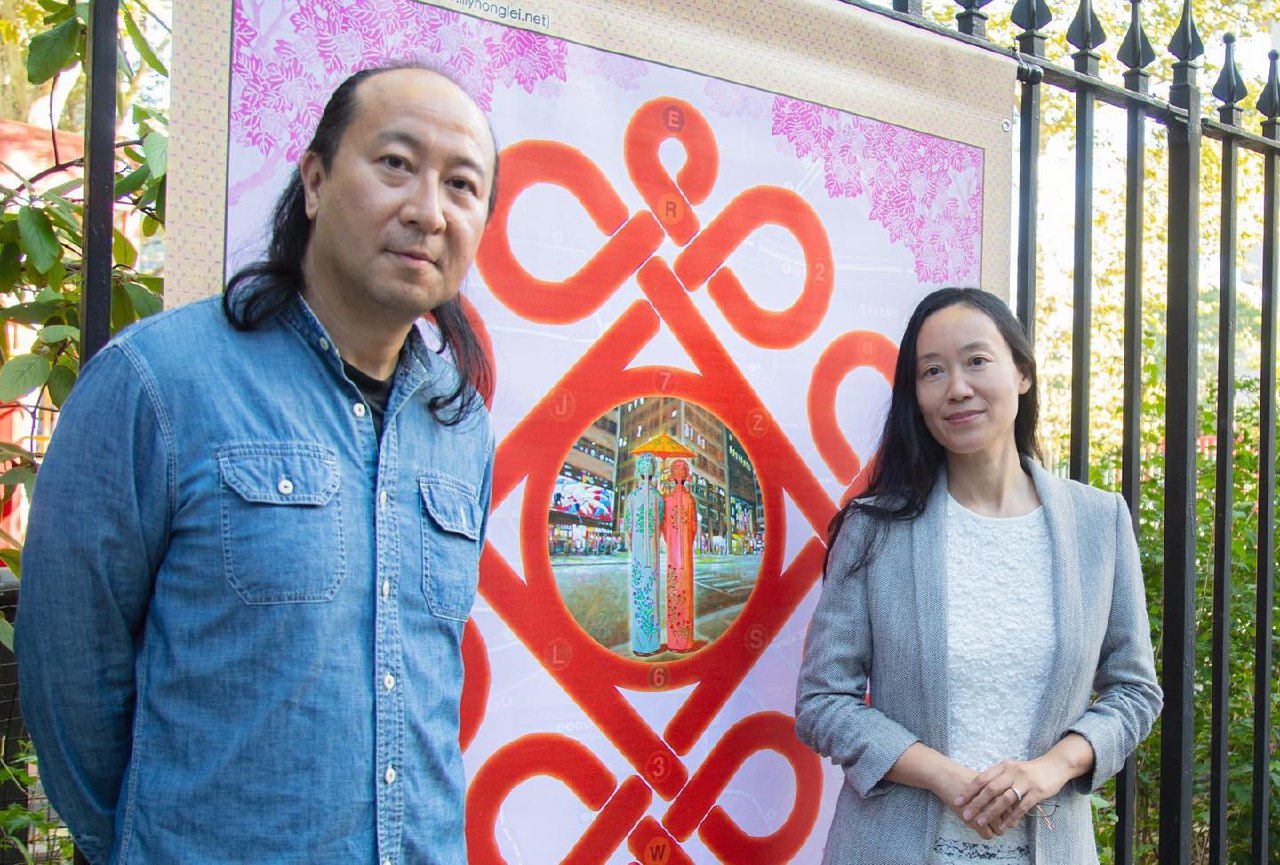
Lily Yang and Honglei Li
AR Experience
The project’s installation comprised a series of large banners featuring traditional Chinese patterns, also known as ‘red strings.’ These banners were placed on fences in public parks, near benches and tables where visitors gather daily. Digital components included Augmented Reality for mobile phones: short animations inspired by East Asian folktales and traditional opera performances. By scanning QR codes, park visitors could enjoy interactive animations overlaying the banners, as well as fragments of artistic videos by Lily & Honglei.
All the AR content was presented on the MyWebAR platform. Lily Yang commented on her platform choice as follows: “The WeWebAR interactive AR experience is seamless, straightforward, and enjoyable. It allows viewers to watch AR content on their mobile devices by scanning QR codes instead of installing an additional app. Removing this barrier is a significant improvement in the AR art experience. Many park visitors spontaneously took out their smartphones and scanned multiple banners to watch animations. They found the whole process easy, beautiful, and moving. The AR contents combining painting, video, and sound loaded fast and were high quality.”
Special Feature
Augmented Reality in art is becoming increasingly common, and it’s worth noting that MyWebAR is a platform that enables creating AR content directly in a web browser. There’s no need to download additional apps to visit museums, galleries, art spaces, and exhibitions. This is particularly convenient for outdoor exhibitions like the ‘The Red String.’ Exhibition visitors — passersby — can spontaneously engage in the exhibition concept by scanning the first available QR code.
Results
Organizers noted the rather impressive number of QR code scans. Besides, the project has received a wide coverage in the mass media and there were a lot of publications from users in social networks. Lily Yang shared, “Many viewers shared their feelings via email, with some stating they shed tears when watching the AR animations depicting immigrants’ journeys in NYC.”
Conclusions
Instead of conclusions, we invite you to explore the videos showcasing the magnificent content by Lily Honglei Art Studio.
And here are a few pieces of advice for art enthusiasts who might want to try their hand at using Augmented Reality:
- Consider your work from a new perspective. Nearly any work of art can be enriched with digital content.
- Numerous examples of successful AR in art are available for study. Spend time searching for interesting projects, especially those related to your field of expertise.
- Remember that AR projects can be refined and expanded over time. You can add new elements to your projects without changing the QR code. Printed QR codes for activating Augmented Reality on the MyWebAR platform can easily work with updated content.
- Embrace the latest innovations in AR, such as using webAR technology instead of standalone apps, offering visitors access to a virtual portal (a great idea for presenting new spaces and time travel), and utilizing the ‘multi-scene’ option to present your art object in multiple variations with a single QR code.
- You can register on the MyWebAR platform and start experimenting with creating your own projects today. If your projects are non-commercial (e.g. art), you can use the platform absolutely free with no time limit.
Additionally, it’s worth mentioning that the ‘The Red String’ exhibition is planned for 2023 as well. In the coming autumn, the third installment of the project will appear at Margaret I. Carman Green – Weeping Beech Park in Queens. If you happen to be in New York during that time, welcome to the exhibition!
